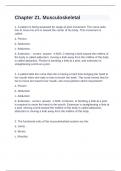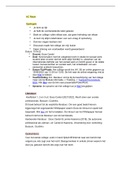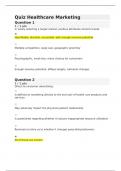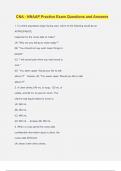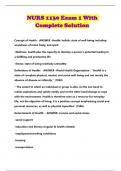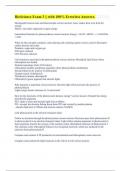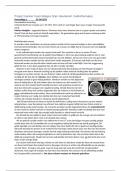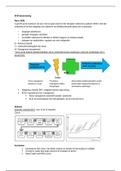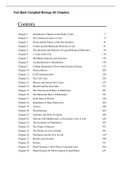Exam (elaborations)
Chapter 22 Question and answers rated A+
- Course
- Institution
Chapter 22 Question and answers rated A+ 1. A patient is being assessed for range-of-joint movement. The nurse asks him to move his arm in toward the center of his body. This movement is called: a. Flexion. b. Abduction. c. Adduction. d. Extension. - correct answer ANS: C Moving a limb towa...
[Show more]
